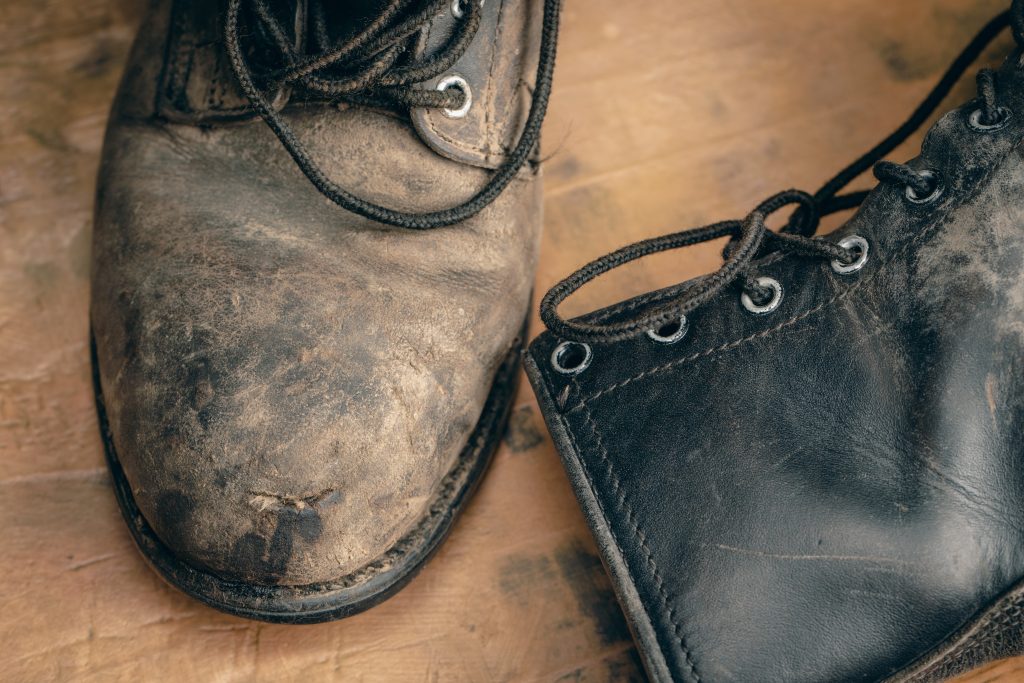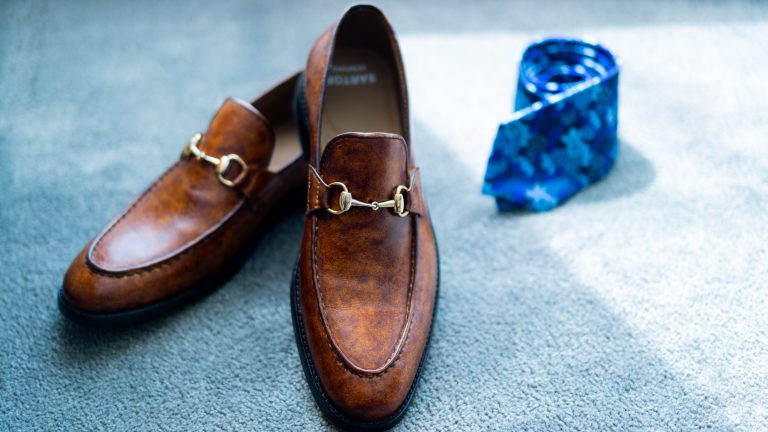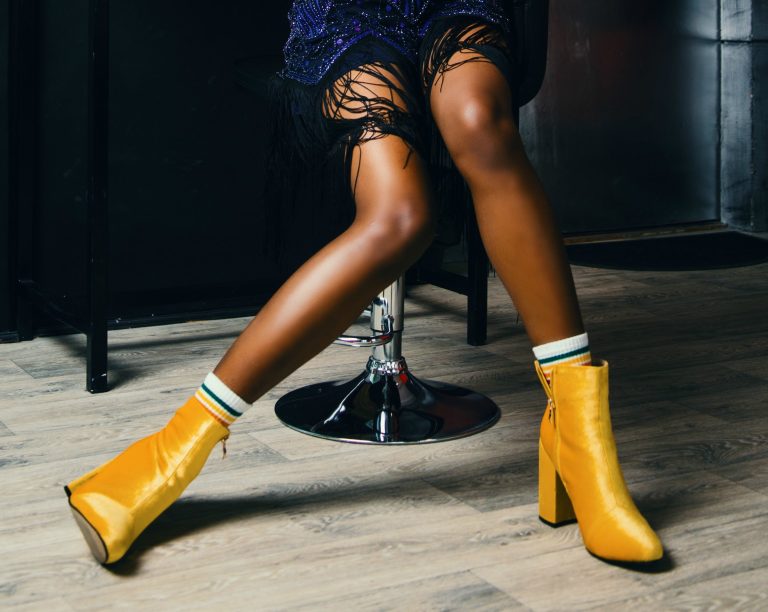1. What is the Best Footwear for Welding? Exploring the Importance of Welding Shoes
What is the Best Footwear for Welding? In the world of welding, safety is paramount. Whether you’re a professional welder or a DIY enthusiast, protecting yourself from potential hazards is a top priority. While helmets, gloves, and jackets are often the first items that come to mind, one crucial aspect of safety that is sometimes overlooked is footwear. In this article, we will delve into the world of welding shoes, exploring their importance and what makes them the best footwear for welding.
Understanding the Welding Environment
What is the Best Footwear for Welding?
Before we discuss the best footwear for welding, it’s essential to understand the unique challenges posed by the welding environment. Welding involves intense heat, sparks, and molten metal splatters, creating a hazardous workplace. Without proper protection, welders are at risk of severe injuries, especially to their feet.
Why Do Welders Wear White?
Before we get into the specifics of welding shoes, let’s address a common question: why do welders wear white? Welders often wear white to reflect heat away from their bodies. The reflective nature of white fabric helps keep them cooler in the scorching heat of welding. However, this doesn’t apply to footwear, where different criteria come into play.
The Importance of Welding Shoes
Welding shoes are not just a fashion statement; they serve a critical purpose. Here’s why they are essential:
1. Heat Resistance
Welders are exposed to extreme heat, making heat resistance a top priority for their footwear. Welding shoes are typically made from materials that can withstand high temperatures without melting or catching fire.
2. Spatter Protection
Molten metal spatters are a common occurrence during welding. Without proper protection, these can burn through regular shoes, causing severe injuries. Welding shoes are designed to resist molten metal splatters, providing a barrier between the welder’s feet and potential harm.
3. Ankle Support
Welders often spend long hours on their feet, so proper ankle support is crucial. Welding shoes are designed with supportive features that help reduce fatigue and minimize the risk of ankle injuries.
4. Electrical Hazard Protection
In some welding environments, there may be electrical hazards. Welding shoes are equipped with insulating properties to protect the wearer from electrical shocks.

What Makes the Best Welding Shoes?
Now that we understand the importance of welding shoes, let’s explore the qualities that make a pair the best choice for welders:
a. Material
The material used in welding shoes should be heat-resistant, such as leather or fire-resistant synthetic materials. Leather welding boots are a popular choice due to their durability and resistance to heat and sparks.
b. Sole
A thick, slip-resistant sole is essential for stability and safety. It should also be oil and chemical resistant to prevent accidents in the workplace.
c. Steel Toe
Steel-toed welding shoes provide extra protection for the toes, guarding against heavy objects and spatters.
d. Comfort
Comfort is crucial for welders who spend long hours on their feet. Look for shoes with cushioned insoles and proper arch support.
e. Fit
The right fit is essential to prevent blisters and discomfort. Consider trying on welding shoes before purchasing to ensure they fit snugly but comfortably.
f. Compliance with Safety Standards
Always choose welding shoes that meet safety standards such as ASTM F2413-18 to guarantee their effectiveness in protecting your feet.
Conclusion
In the world of welding, safety should always come first. Welding shoes are a vital component of a welder’s safety gear, providing protection against heat, spatter, electrical hazards, and more. When selecting the best footwear for welding, prioritize heat resistance, spatter protection, ankle support, electrical hazard protection, material, sole, steel toe, comfort, fit, and compliance with safety standards.
For the safety of yourself or your workers, investing in high-quality welding shoes is a decision that cannot be understated.
FAQs
- Can I use regular work boots for welding? While regular work boots offer some protection, welding shoes are specifically designed to withstand the unique hazards of welding. It’s recommended to use welding-specific footwear for the best protection.
- Are steel-toed welding shoes uncomfortable? Not necessarily. Modern welding shoes are designed with comfort in mind. Look for options with cushioned insoles and proper arch support for a comfortable fit.
- Do welding shoes come in different styles? Yes, welding shoes come in various styles, including ankle boots and lace-up shoes. Choose the style that best suits your comfort and protection needs.
- Can I wear welding shoes for other tasks besides welding? While welding shoes are designed for welding, you can use them for other tasks that require heat resistance and protection. However, it’s best to reserve them primarily for welding to prolong their lifespan.
- Do welding shoes have a lifespan? Yes, like all safety gear, welding shoes have a limited lifespan. Depending on usage, they may need to be replaced every 6-12 months to ensure continued protection. Always inspect them for signs of wear and tear.




Leave a comment